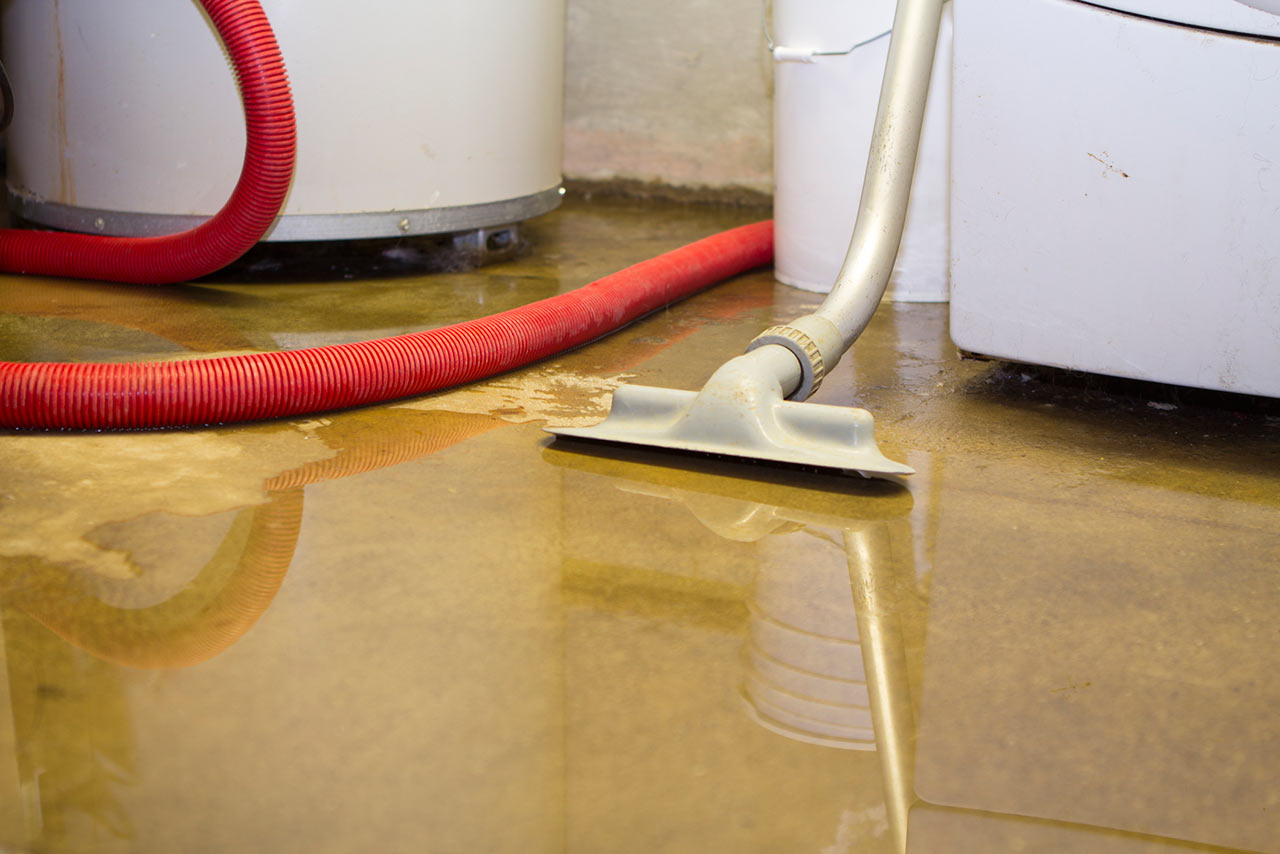Kathy’s Home & Garden Tips – Flooding, Mold and the Spring Season

Around the Chicago area, it seems like we will have an early spring. That sounds wonderful, but spring also brings heavy rains, which can mean flooding. As with many things, an ounce of prevention is worth a pound of cure.
Most flood prevention systems are quite expensive. If you’ve recently moved to a new area, ask around the neighborhood to see if flooding occurs regularly. Especially in Chicago, flooding can be very different depending where you are. Prevention may be as easy as keeping water flowing away from the house and making sure drains are clear. A clogged drain in the basement can flood the entire basement quickly. But other areas may need more sophisticated systems like sump pumps and drain tiles. Most flood control companies will do a free evaluation and estimate.
Once the flood waters recede, you are left with a filthy and perhaps dangerous mess. It’s a good idea to toss anything soft and porous that’s contaminated with flood waters. Even if a flood is not from the street sewer, the water almost certainly contains raw sewage. If your area floods often, it’s best to have hard floors that can be disinfected. The idea is to dry everything as quickly as possible. Disinfect any surface in contact with flood waters with a solution of 8 ounces bleach to 1 gallon water. Wear protective gear, as the bleach is harsh. Have any appliances or electrics in touch with flood water evaluated by a professional. Many of us in Chicago have our washers and dryers elevated off the floor as a matter of habit.
One of the nasty components of flooding is mold. Mold is naturally occurring in nature and aids in the decomposition of plant material. It’s when it grows out of control in the home after flooding that it can be a concern. Mold is extremely irritating to those of us with seasonal allergies but can cause rashes and stuffy noses in everyone. After a flood, mold can get out of control quickly. Some molds are extremely dangerous and contain mycotoxins. If an area of mold is particularly large (more than 10 square feet) or very thick and black, it would be a good idea to have it evaluated by a professional. This problem is especially bad in drywall. Drywall is extremely porous and simply cleaning off the surface only works temporarily. Remove and bag securely in heavy duty bags. It’s best to wear ventless eye protection along with a N-95 respirator. Both are available at your local hardware store or home center.
Even mild increases in mold populations can cause irritation from normal activities around the home. During the rainy season, be especially careful. Always use exhaust fans in bathrooms and the kitchen. Provide good ventilation on all floors. Change bath towels frequently. I keep cleaner with bleach in all the bathrooms and spray down showers and tubs daily. Remember, moisture is the main ingredient for mold growth. Keep everything as dry as possible to prevent mold.
KATHLEEN WEAVER-ZECH & DEAN’S TEAM CHICAGO
